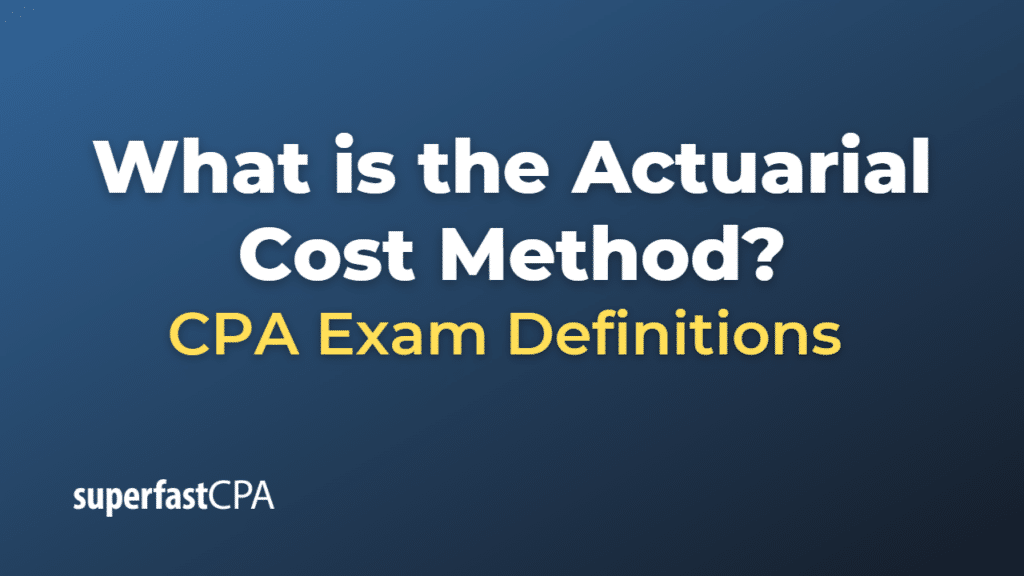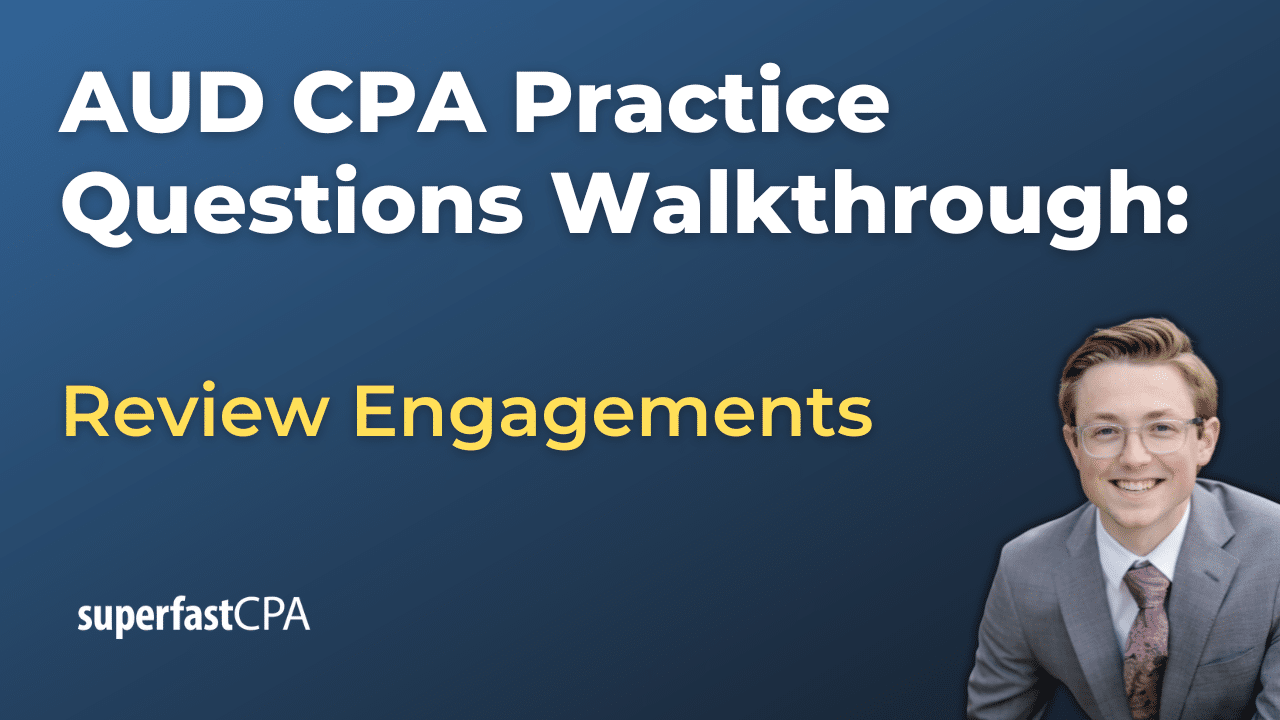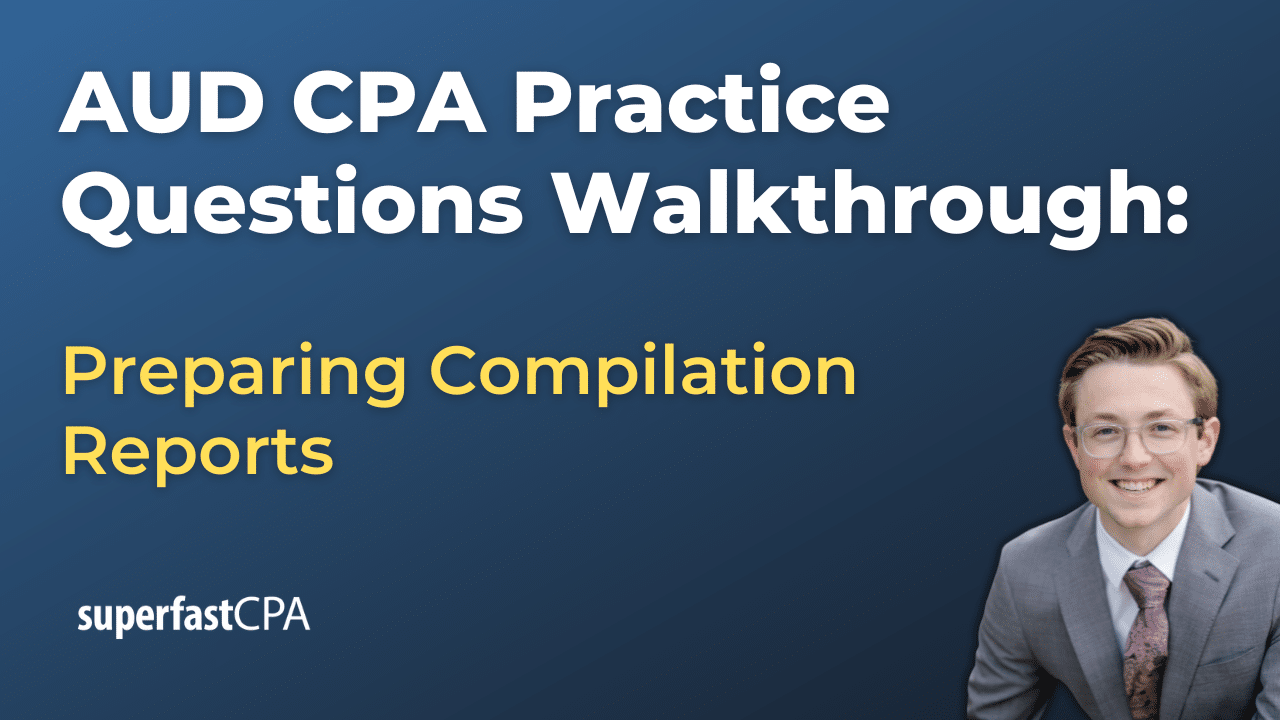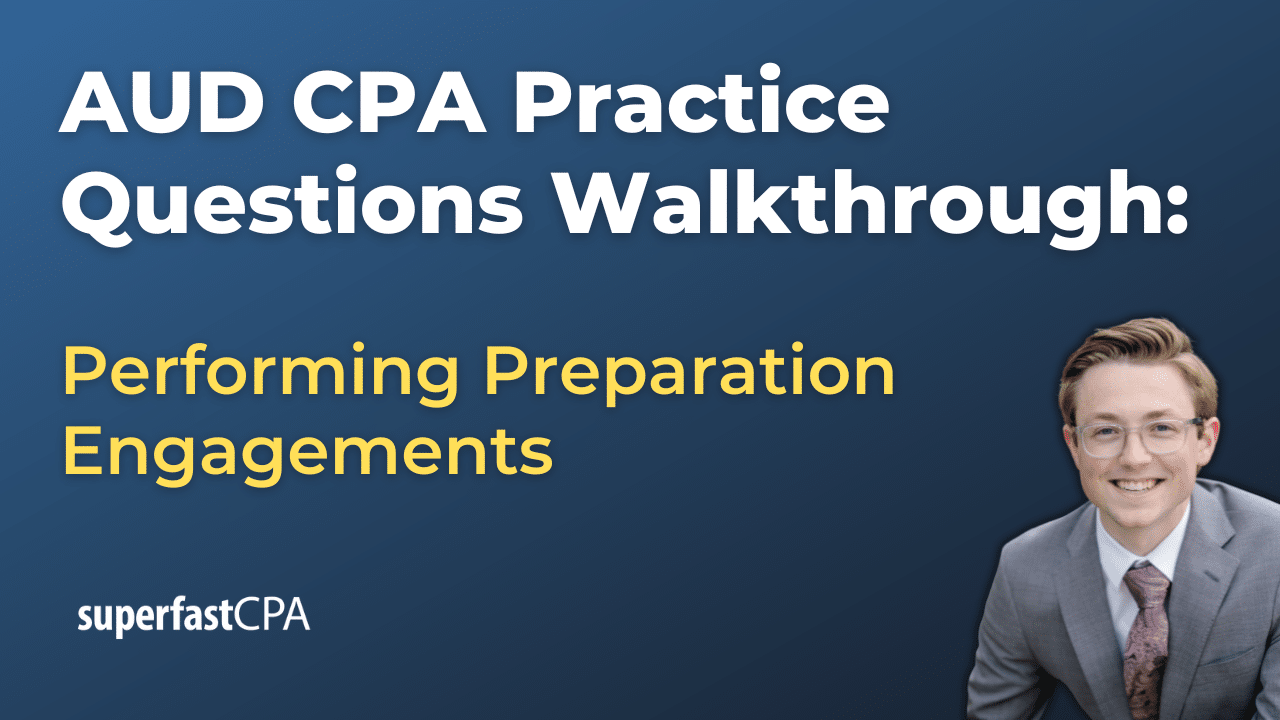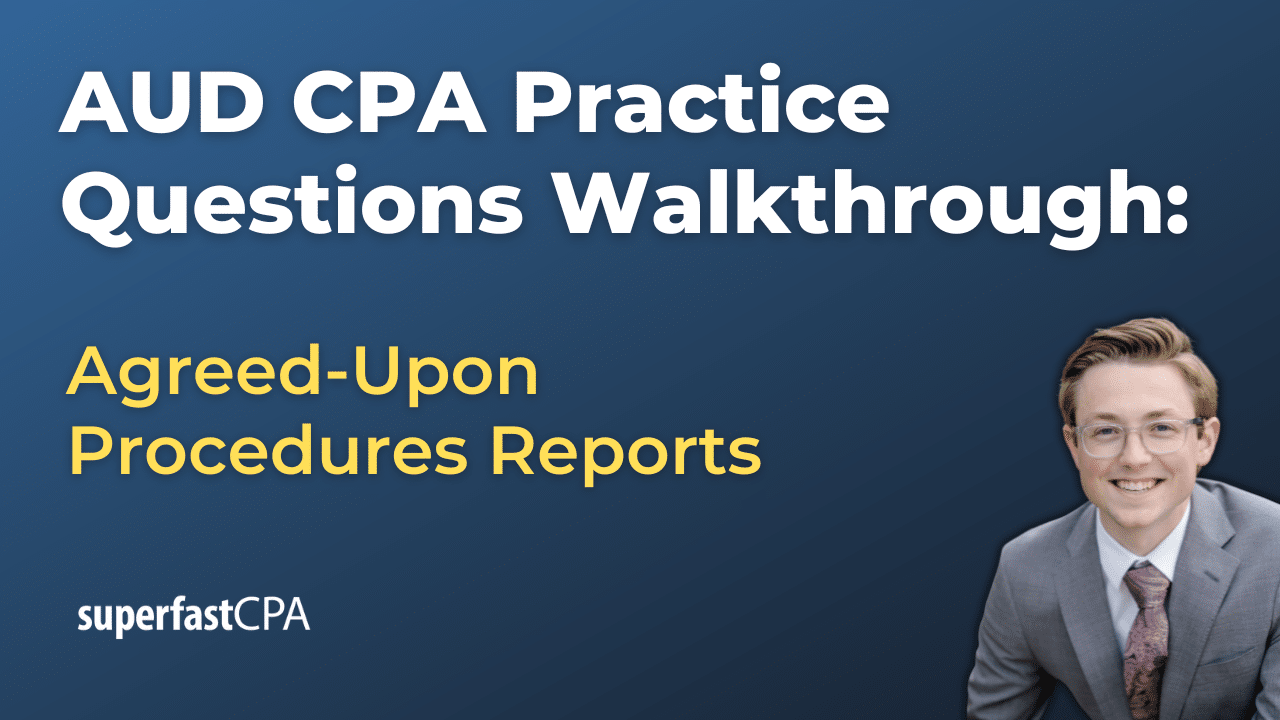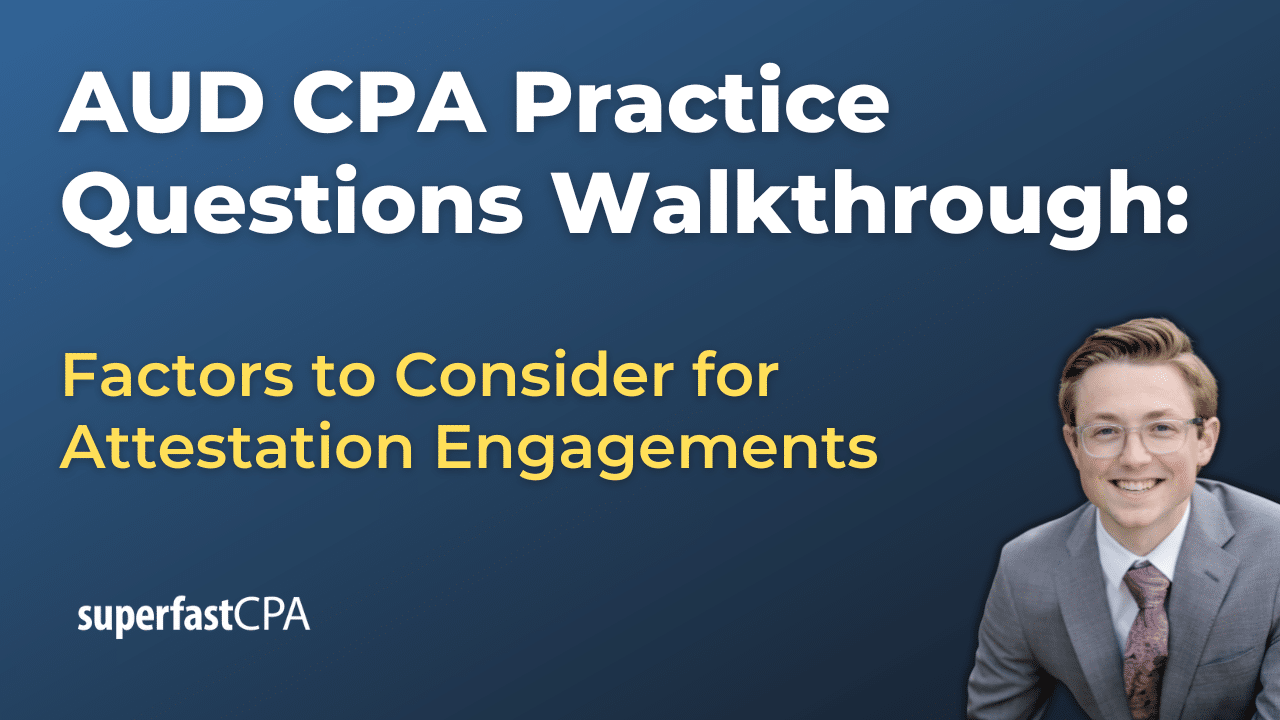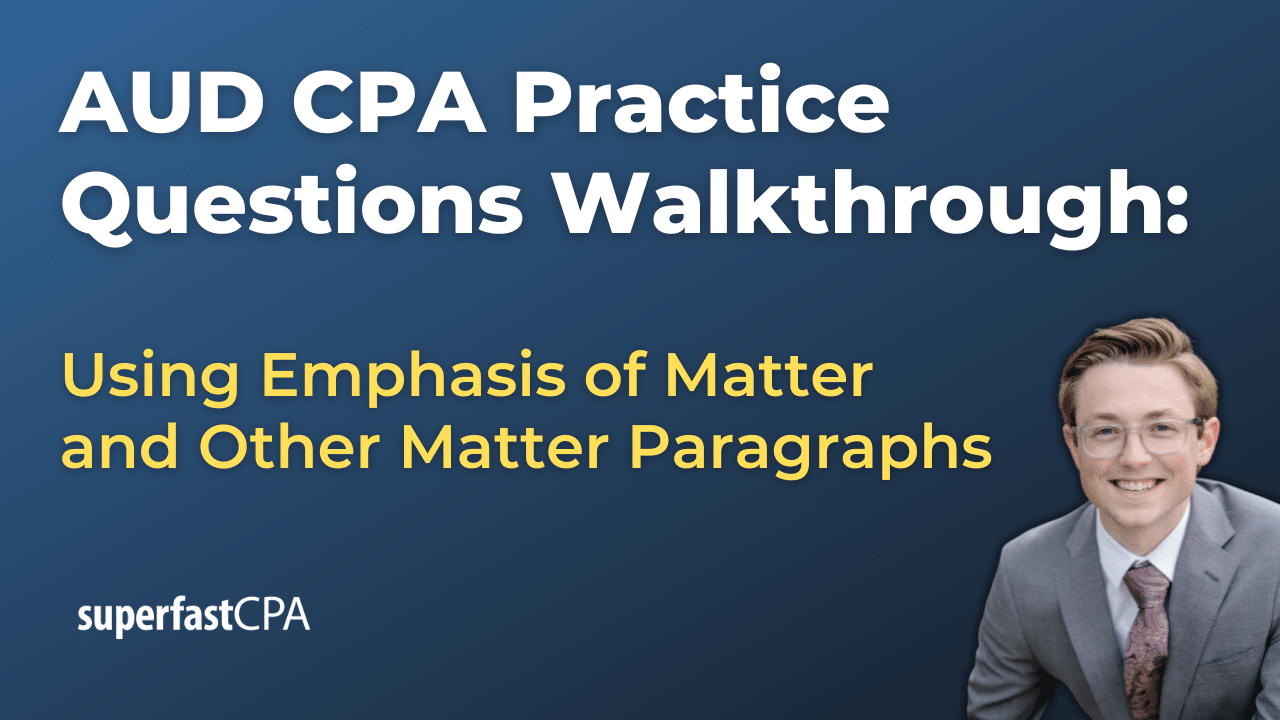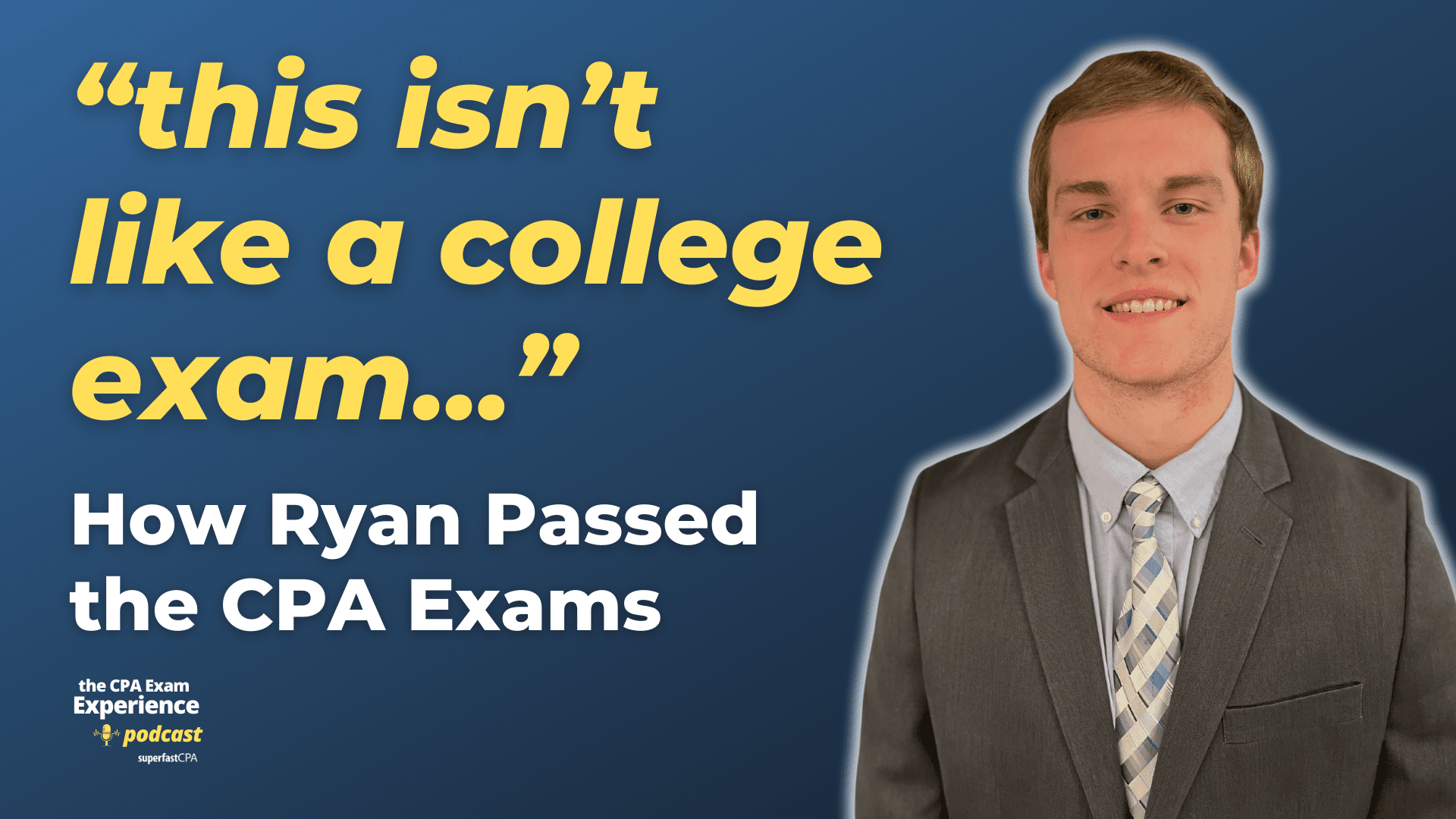Actuarial Cost Method
The actuarial cost method, also known as the actuarial funding method, is a technique used by actuaries to calculate the present value of future pension or other post-employment benefit obligations. It helps organizations determine how much money they need to contribute to a pension plan or similar fund to ensure that they can meet their financial obligations to employees when they retire or become eligible for other post-employment benefits.
There are several actuarial cost methods, but they all involve analyzing demographic, economic, and financial data to estimate the value of future benefit payments. Some commonly used actuarial cost methods include:
- Projected Unit Credit Method (PUC): This method calculates the present value of each employee’s accrued benefits, based on their years of service, projected salary, and other factors. The total liability for all employees is then determined by adding the individual amounts.
- Entry Age Normal (EAN) Method: This method calculates the total present value of future benefits for each employee based on their age when they joined the pension plan. The cost is then spread evenly over the employee’s expected years of service.
- Aggregate Cost Method: This method considers the entire group of employees as a whole rather than calculating individual liabilities. The total liability for the group is determined, and an average cost per employee is calculated.
- Attained Age Normal (AAN) Method: This method is similar to the EAN method but calculates the total present value of future benefits for each employee based on their current age instead of their age when they joined the plan.
Once the actuarial cost method has been applied and the present value of future benefit obligations has been calculated, organizations can determine the necessary contributions to their pension or post-employment benefit funds. This helps ensure that they can meet their financial obligations to employees and maintain the financial health of the plan.
Example of Actuarial Cost Method
Let’s consider a simple example using the Projected Unit Credit Method (PUC) to calculate the pension liability for a company with two employees.
Employee A:
- Age: 45
- Years of service: 20
- Expected years of service: 40
- Annual salary: $50,000
- Expected pension benefit: 2% of final salary per year of service
Employee B:
- Age: 30
- Years of service: 5
- Expected years of service: 35
- Annual salary: $40,000
- Expected pension benefit: 2% of final salary per year of service
Assumptions:
- Discount rate: 5% (used to calculate the present value of future payments)
- Salary growth rate: 3% per year
Step 1: Calculate the projected salary at retirement for each employee.
Employee A: Projected salary = Current salary * (1 + salary growth rate)^(Expected years of service – Current years of service) = $50,000 * (1 + 0.03)^(40 – 20) = $50,000 * (1.03)^20 = $50,000 * 1.8061 = $90,305
Employee B: Projected salary = $40,000 * (1 + 0.03)^(35 – 5) = $40,000 * (1.03)^30 = $40,000 * 2.4273 = $97,092
Step 2: Calculate the projected annual pension benefit for each employee.
Employee A: Projected annual pension = Projected salary * (Pension benefit rate * Years of service) = $90,305 * (0.02 * 40) = $90,305 * 0.8 = $72,244
Employee B: Projected annual pension = $97,092 * (0.02 * 35) = $97,092 * 0.7 = $67,964
Step 3: Calculate the present value of the projected annual pension benefit for each employee.
Employee A: Present value = Projected annual pension / (1 + discount rate)^(Expected years of service) = $72,244 / (1 + 0.05)^40 = $72,244 / 7.03999 = $10,265
Employee B: Present value = $67,964 / (1 + 0.05)^35 = $67,964 / 5.51607 = $12,316
Step 4: Add the present values for all employees to determine the total pension liability.
Total pension liability = $10,265 + $12,316 = $22,581
Using the PUC method, the company’s pension liability is estimated to be $22,581. This is the amount that should be set aside in the pension fund to cover future pension obligations for these two employees.

